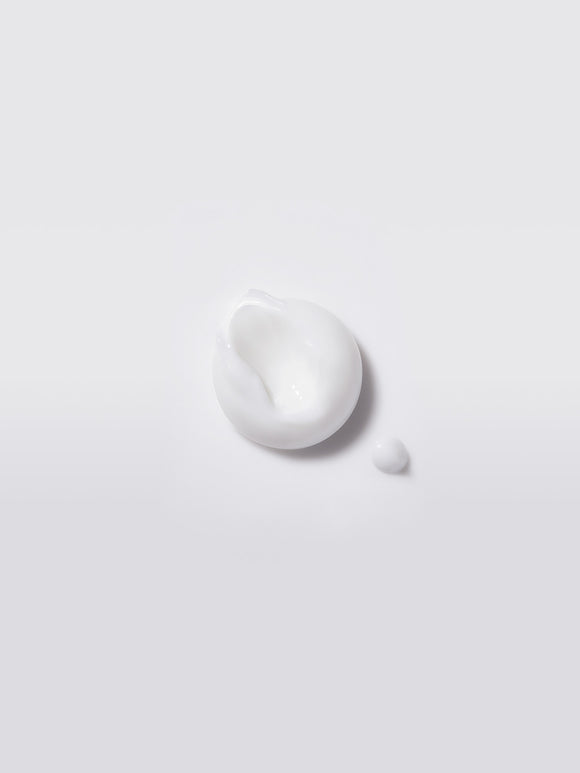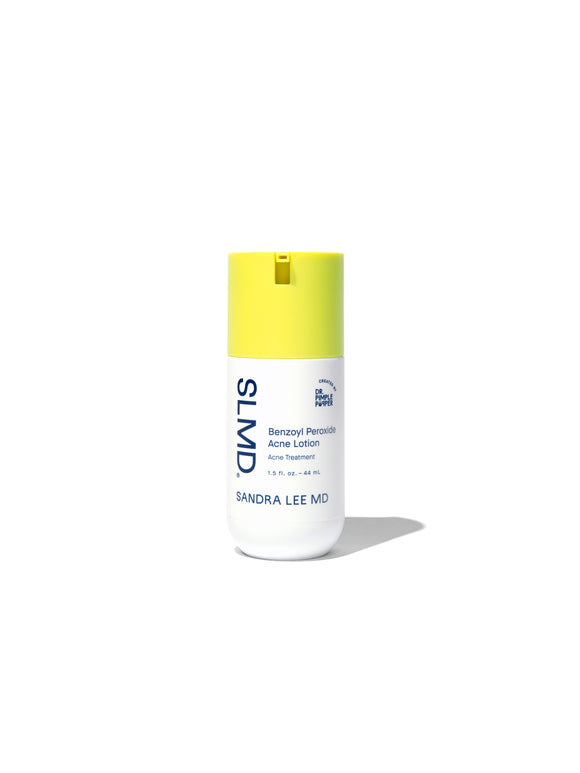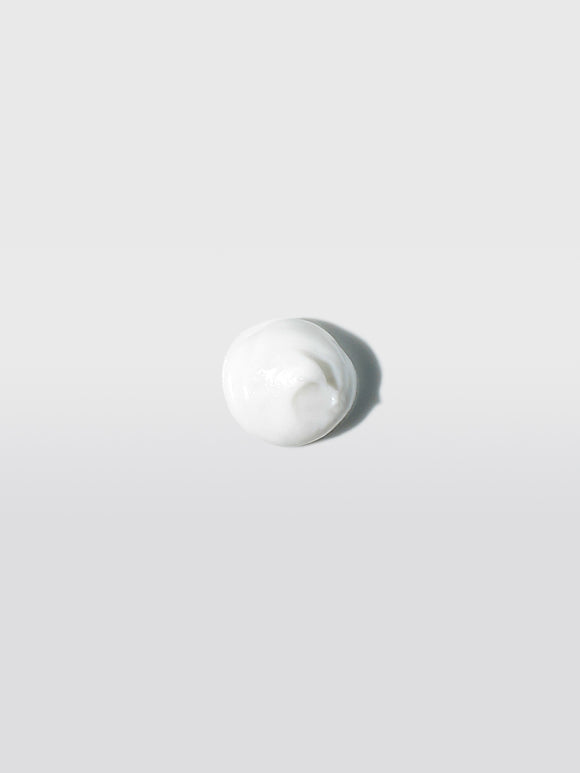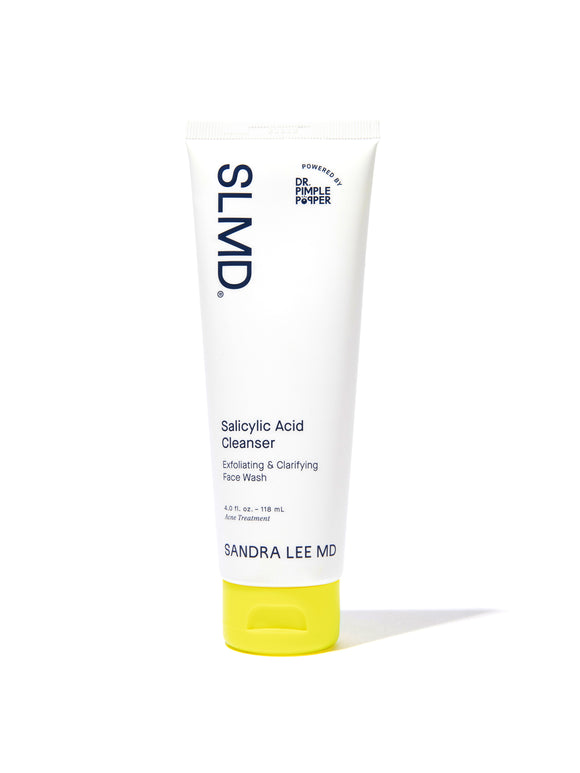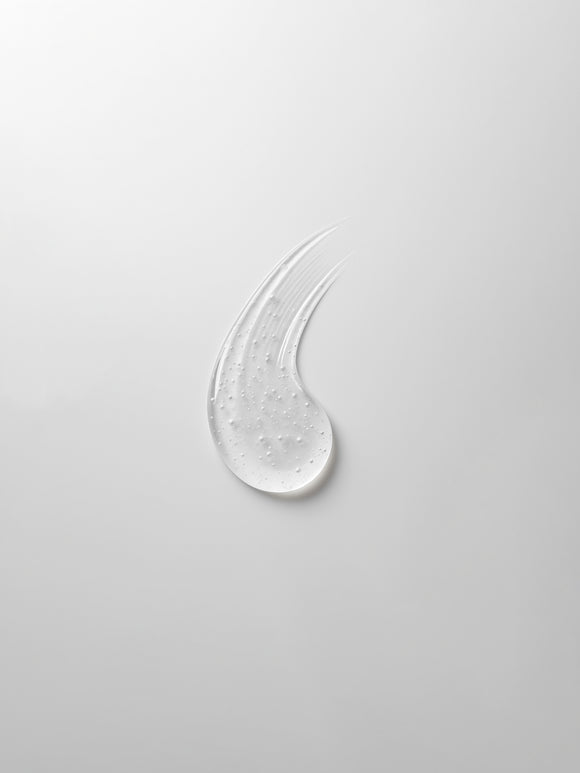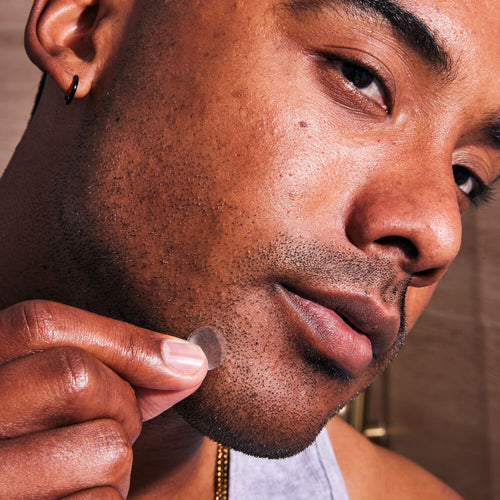
Do Natural Acne Remedies Work?
Can you really treat your acne with ingredients from your garden? Dr. Pimple Popper weighs in.
Published:
5 minute read
From store shelves to social media, natural acne remedies are everywhere. But do they actually work, or are they just good marketing? To get a clear answer, we asked our resident expert and SLMD founder, dermatologist Sandra Lee, MD (aka Dr. Pimple Popper), to explain how “natural” acne ingredients really stack up and where popular home remedies fit into an effective acne routine.
“Natural” vs. “chemical” acne ingredients
Let’s clear this up first: according to Dr. Lee, the perceived battle of “natural” vs. “synthetic” has our focus slightly misplaced. As she explains, “All acne-fighting ingredients are made of chemicals. Some are originally found in nature, and others are created in a lab. What’s important to me as a dermatologist is whether or not an ingredient treats acne safely and effectively.”
Dr. Lee notes that many acne-fighting ingredients people think of as “chemical” are actually derived from plants or minerals. Ingredients like salicylic acid, sulfur, and zinc oxide have been used since ancient times to help treat acne, while others — such as retinoids — were developed later through advances in medical science.
But an ingredient being plant- or mineral-derived doesn’t automatically mean it treats acne. What matters is how it works on the skin.
Ingredients that treat acne at the source
Some ingredients are recognized as acne treatments because they directly target the root causes of breakouts, including:
- clogged pores
- excess oil
- acne-causing bacteria
These ingredients are designed to clear pores, reduce bacteria, or regulate cell turnover, which is why they’re relied on to treat active or persistent acne.
Ingredients that support healing and calm the skin
Other ingredients don’t directly treat acne, but they can still be helpful. These ingredients work by:
- calming inflammation
- reducing redness
- supporting the skin barrier while blemishes heal
They’re best thought of as supportive rather than corrective — meaning they may help soothe mild breakouts or irritated skin, but they won’t stop acne from forming on their own.
Popular natural acne remedies — what they actually do
Below, we’ve rounded up some of the more popular home remedies for acne. These ingredients are best suited for soothing the occasional pimple or minor breakout. If you’re trying to treat active acne, Dr. Lee says your best bet is to look for professionally formulated treatments with proven ingredients.
Anyone who’s on an acne regimen already — especially a prescription or physician-supervised one — should consult a dermatologist before incorporating any experimental remedies.
Sea salt water
Ever since Hailey Bieber claimed her pimples clear up after spending time in the ocean, sea salt water for acne has been trending. But is there any truth to it? According to Dr. Lee, yes…and no.
“Actual seawater has concentrations of many trace minerals that can be beneficial for skin health,” she explains. “But mixing water and sea salt at home doesn’t really replicate the experience.”
Beneficial components: sodium, potassium, magnesium, calcium
Key properties: antimicrobial, anti-inflammatory
How it works: helps draw oils and impurities out of pores; acts as a mild exfoliant
How to use: natural seawater exposure (DIY saline won’t replicate ocean conditions)
Side effects: can be drying
Aloe vera
Aloe vera is a well-known natural remedy, often used to soothe sunburned or irritated skin. It can also help calm redness and support healing in acne-prone skin.
Beneficial components: phenols, sterols, salicylic acid
Key properties: antimicrobial, anti-inflammatory, antioxidant, promotes wound healing
How it works: calms redness and inflammation, scavenges free radicals, supports healing of irritated blemishes
How to use: apply fresh gel or formulated products directly to affected areas
Side effects: uncommon; mild itching or burning
Find it in: SLMD BP Body Wash, Benzoyl Peroxide Acne Lotion
Green tea (Camellia sinensis)
Green tea extract has been widely studied for its antioxidant and calming properties, which can help support acne-prone skin.
Beneficial components: polyphenols, especially epigallocatechin gallate (EGCG)
Key properties: antimicrobial, anti-inflammatory, antioxidant, anti-androgen, astringent
How it works: helps reduce inflammation and sebum while protecting skin from oxidative stress
How to use: apply products containing green tea extract or cooled brewed tea
Side effects: uncommon; mild irritation possible
Find it in: SLMD Salicylic Acid Cleanser
Zinc oxide
Zinc is a trace mineral essential for cellular function and skin repair and has been used for skin health for centuries.
Beneficial components: elemental zinc
Key properties: antimicrobial, anti-inflammatory; supports wound healing; skin protectant
How it works: calms redness, helps regulate oil production, inhibits acne-causing bacteria
How to use: look for acne treatment products containing zinc oxide
Side effects: uncommon; mild irritation possible
Tea tree oil
Also known as melaleuca oil, this essential oil comes from steaming the leaves of the Australian tea tree.
“A lot of people ask me about tea tree oil,” Dr. Lee says. “Some studies show it may benefit mild acne, but it needs to be used carefully.”
Beneficial components: terpinen-4-ol
Key properties: antimicrobial, anti-inflammatory, antioxidant
How it works: may help reduce acne-causing bacteria in mild breakouts
How to use: dilute in a carrier oil or use professionally formulated products
Side effects: may cause irritation or allergic reactions
Witch hazel (Hamamelis virginiana)
Native to North America, witch hazel has been used for centuries to treat skin irritation, including burns and inflammation.
“There’s a belief that witch hazel is very drying, but this is typically due to added alcohol,” Dr. Lee explains. “It’s actually FDA approved as a skin protectant.”
Beneficial components: tannins, flavonoids, catechins
Key properties: astringent, anti-inflammatory, antioxidant
How it works: calms inflammation, reduces redness, tightens skin
How to use: apply alcohol-free witch hazel with a cotton pad; no need to rinse
Side effects: uncommon; mild irritation
Find it in: SLMD Salicylic Acid Cleanser, SA Acne Spot Treatment
FAQs about natural acne remedies
Q: Which natural acne remedies are most effective?
A: Some natural ingredients, such as aloe vera, green tea, and zinc oxide, may help calm inflammation or reduce oil. Their effects are generally mild and supportive rather than corrective.
Q: Can natural acne remedies make acne worse?
A: Some natural ingredients can clog pores, disrupt the skin barrier, or cause irritation — especially when used incorrectly or undiluted. This can potentially aggravate acne.
Q: Can I use natural remedies alongside acne treatments?
A: Combining natural remedies with ingredients like benzoyl peroxide or retinoids can increase irritation, so it’s best to check with a dermatologist first.

Dr. Lee's Last Word
Natural ingredients can help soothe irritation and support healing, but they don’t replace proven acne treatments. If breakouts are persistent, ingredients that target clogged pores, excess oil, and acne-causing bacteria are still your best option — and a dermatologist can help you decide what belongs in your routine.




